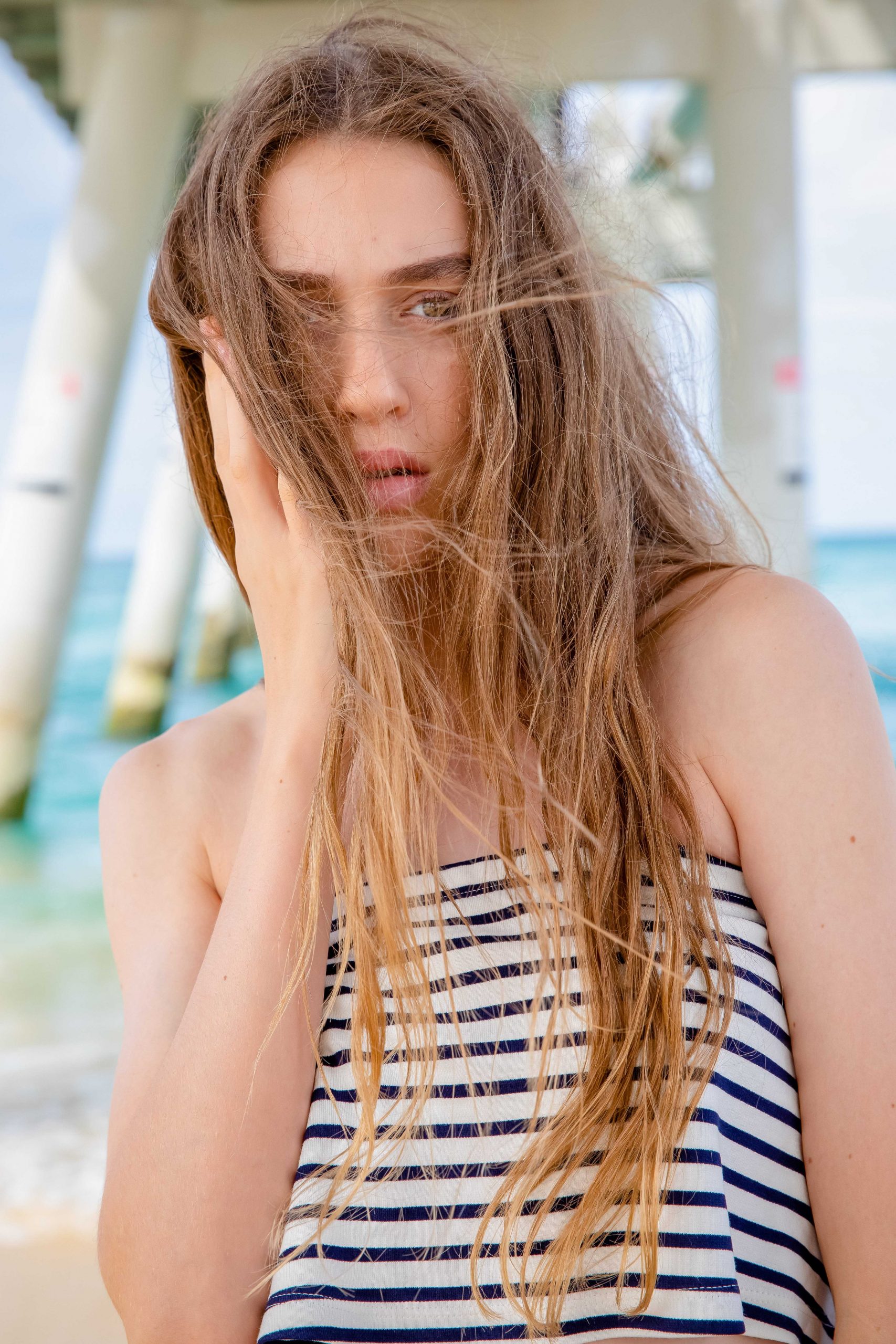The Newbie's Guide to Product Photography
If a picture deserves a thousand words, a magnificent product picture deserves a thousand internet site check outs. Although I do not have data to support that statement (yet), product photography can be very useful to your ecommerce site approach.
To reach your target audience members who prefer buying online, you also need to give your target market clear, captivating images of your items.
But product photography isn't as basic as directing as well as shooting. Also the most standard items need the right equipment, lights, and space to generate stunning pictures that sell shoppers right from the acquisition page.
6 Product Photography Tips ( and also Examples) for Taking Pictures That Offer
Here are the suggestions, examples, and products you'll need to efficiently photo and market your products in a manner that makes your site visitors as well as potential customers intend to convert.
1. Do not be afraid to use your smart device's cam.
This is the part where I'm expected to encourage you to invest in a high-end, 50-megapixel (MP) cam with a 100-millimeter screw-on lens. But I'm not going to do that.
If you currently own a video camera that fits this summary, make use of it. However, for several types of products, it's entirely appropriate to fire product photos on a smartphone.
Newer mobile phones boast powerful electronic camera lenses and also setups that allow you to enhance your shots for the different types of light and also atmospheres you could fire in.
If you require much more persuading, just have a look at Apple's Shot On An apple iphone project and the photos that have actually resulted from it throughout the years such as this one:
2. Shoot from a tripod for photo consistency.
Prior to explaining tripods, I'm obligated to start with a principal policy: Don't prop your phone against something durable to intend your lens towards the subject.
It's just too simple for this makeshift setup to slide around during the shoot and create variances in your images' look. If you relax your camera on, say, a pile of books, just make sure this plan does not transform throughout the shoot.
There's no harm in holding your electronic camera on your own when shooting just a couple of product photos for your ecommerce site. Yet as your business expands, and also you take much more images of more products, it can be tough to systematize the product's alignment in each photo when firing portable.
To ensure consistency across your products, you'll need a tripod. As well as thankfully, purchasing one isn't always the huge, industrial-sized financial investment it used to be.
Below are two kinds of tripods to think about.
Traditional vs. Adaptable
This is a tradition tripod-- there are standard tripods offered for both cams and smart devices.
A adaptable tripod can be controlled in a variety of ways. You can flex its legs as well as position it on various surfaces to get the angle you require.
Mobile Hold
There's typically a screw on the top of your tripod which affixes to your video camera to hold it in place. The bottom of many professional-grade video cameras has a screw opening just for this function, but smart devices can utilize the complying with adapter:
The adapter grasps the sides of your smart device as well as can screw right into either type of tripod, enabling you to operate the cam controls with the phone display encountering outward as well as toward you.
When you determine which install you'll require, set it up before your product, as well as take into consideration placing 3 pieces of tape on the ground to mark where you wish to maintain each leg of your tripod throughout the shoot.
3. Pick all-natural light or synthetic light.
Never undervalue just how particular sorts of light can boost (or hinder) your product photography. Keep in mind, purchasers get the most effective check out an product face to face, where they can see whatever they need to prior to investing in. The appropriate lights arrangement assists you expose those important decision-making product functions when all site visitors need to go on is a photo.
A single lights configuration might not help every product-- a illumination plan that helps some products might weaken the look of others.
There are two sorts of light you can choose as your primary light: natural and also synthetic light.
All-natural Light
All-natural light refers to sunshine-- simple as that. It's additionally known as "soft light" due to the fact that the sun casts a bigger, softer variety of light than, claim, a light radiating straight on the product. Ecommerce product shots flourish in natural light if:
The product is shot outside or meant to be utilized outside.
The product is made use of by, worn on, or shot with a person (people often tend to look much better in all-natural light).You're trying to stress the product's surroundings, instead of details characteristics of the product.
Here's an example of a shot utilizing all-natural light:
Artificial Light
Synthetic light includes candles, fire, and also much more commonly, light bulbs. It's likewise described as " tough light" because it generates a smaller sized yet extra concentrated light surface. This sort of light deals with items with physical details that require to be highlighted to thrill an on the internet buyer.
As a general rule, adhere to simply one kind of light per photo-- all-natural or man-made. Including all-natural light to an unnaturally lit photo can soften a product that's implied to festinate, and also adding man-made light to a normally lit photo can sharpen a product that's indicated to look soft. You don't want to enter your very own method.
4. Fill or bounce your light to soften darkness.
Whether you make use of natural light or fabricated light, you'll require to lessen the shadows that any prospective difficult light casts on the opposite end of a product.
There are 3 means to do this:
Fill up Light
Consist of one more, less-intense light source to supplement your primary light. Event Coverage This added light is called your fill light as well as is made use of as a counterbalance to soften the natural darkness your primary light creates behind an things.
To do this, position your fill light opposite your primary light so your product sits between both light sources.
Flashbulb Bounce Card
A bounce card, or reflector card, is a small card that "reflects" or "bounces" the primary light back onto the surface area below your product to reduce shadows.

Standalone Bounce Card
If you're firing from a mobile phone, a flashbulb bounce card isn't an option, considering that you don't have a physical flash you can attach it to. Instead, make your own standalone bounce card placed contrary your primary light.
For novices to product photography, this bounce card can efficiently change your fill light, which counters the hard light from the video camera flash or light that's encountering towards the front of your product.
5. Make use of a move or portrait mode to emphasize the product.
There isn't one right way to position your product, lights, and bounce cards-- they can change substantially relying on your history. But don't choose a background based on what's most convenient to develop. Backgrounds need to look like just how you desire your customers to view your product when viewing it online.

White Background: Sweep
For white backgrounds, it's not as easy as setting up a table versus white drywall. Also smart device electronic cameras can get little blemishes on a white wall surface that you would not discover with the naked eye. To catch a ideal white background Find more information without corners or acnes, utilize a sweep.
A move is a huge flexible sheet of paper, whose lower work as the surface underneath your product and afterwards curves up right into a white wall surface behind the product.
On electronic camera, the move's curve is unnoticeable, emphasizing vital product information as well as enabling the item to have all of a site site visitor's interest.
Real-World Background: Picture Setting
Dynamic, real-world histories are really enticing when capturing items that have a certain usage or are being designed by a person-- as you saw aware of the briefcase earlier in this guide.
Yet, it's easy for a real-world background to swipe the focus of the photo, making it uncertain which thing in the photo you're really offering.
Provide your product depth and also focus with portrait setting, a image setup on a lot of specialist video cameras, and also available on several new smartphones. This setup obscures the history so the context of the product is clear however not competing against the product itself.
Below is a very outstanding photo of a HubSpot pen taken in picture setting on a Google Pixel 2 (I took this image myself). You can tell the pen sits on a workdesk with a computer system behind it, but the pen is still the centerpiece for customers:
6. Shoot a range of photos.
My last ecommerce photography pointer to you is to not stop at one photo per product. Equally as your consumers look, hold, utilize, and even try on goods in a store, your website must fire a variety of images to imitate this really experience.
If you're shooting clothing, for instance, catch the garment of apparel alone-- that is, spread out on a white surface area-- as well as on a mannequin whose shade contrasts the shade of the product.
After that, for added pictures, have the apparel modeled on a person, allowing you to take images of the product from the person's different postures and angles.
Product Photography Set Up
Next, allow's summarize what we simply obtained-- right here's a listing of quick product photography set-up tips that you can describe and share on your group:

• Select a electronic camera-- whether or not that means using your smartphone.
• Obtain a tripod that works for your cam of choice.• Select all-natural or synthetic lights-- think of which option is best for your product and also environment.
• Determine whether you'll load or bounce light.• Select sweep or picture setting.
• Take a number of various images to provide your viewers selection.
Begin With Your Product Photography
Don't really feel obligated to buy every pointer as well as piece of equipment at the same time. Use these product photography tips slowly to see what makes your store look the most presentable, and also change your strategy as your photography chops get better.